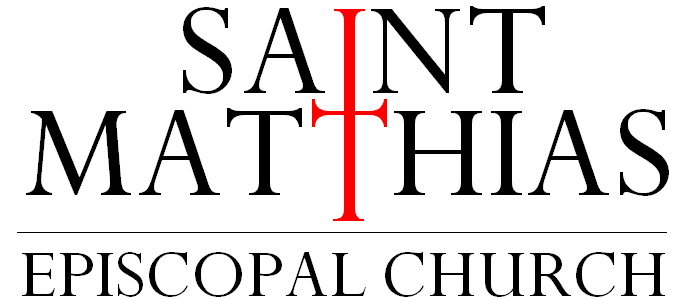by Fr. Bill Garrison
We soon will be heading into Lent and it’s probably a good time to think about prayer. I recently had lunch with the Reverends Carole Horton-Howe and Carolyn Estrada and we were talking about possible subjects for our upcoming Lenten Series. Reverend Carolyn had previously sent me some of her notes about prayer and I had lost track of them, so she sent me those same notes again. They are the basis for this article and some of the words I use, and heartily endorse, that follow are hers and not my own. Also please know we will be forming a prayer study group in the near future to study and experience prayer in its many forms.
What is prayer? It is the intentional bringing of oneself into the presence of God. Prayer can be spoken or silent. There are categories of prayer. Yet there are no rules concerning prayer and no judgment attached to how we pray.
Prayer space can be important. These are places where we can go and leave the world behind. Specific times to pray are helpful for some people too. The Episcopal Prayer Book is a great aid for individuals and families in ordering prayer life.
One form of prayer you may have heard of Contemplative Prayer. It’s prayer without words. The idea is that we bring ourselves into God’s presence to listen, to hear God in the silence of our lives.
Another is praying with Icons. This comes from an Eastern Orthodox tradition and is very sacred. The Icons are viewed as windows into the divine. When a person prays with an Icon they generally kneel or are seated comfortably while focusing on the icon and feeling drawn into the scene.
Lectio Divina is related to contemplative prayer through the use of scripture. Whereas previously we talked about using an icon to focus in this form of prayer we use scripture in Lectio Divina.
Body Prayer is another way to come into contact with the Holy. One might use a Rosary, or a labyrinth, or take a trip to a holy site to facilitate the movement into the Holy.
There are many other ways we can pray. Some are formal and some are spontaneous. I often suggest people use everyday experience to prompt prayer. For example pray in the shower or when you touch the door of your car.
However we pray it’s important. It’s a little like exercise. The more we do it the healthier we become and the better able we are to weather the storms of life that inevitably come upon us. Besides that being with God can be just about as good as it gets.
Please keep your eyes and ears open for upcoming opportunities to learn more about this important subject.

